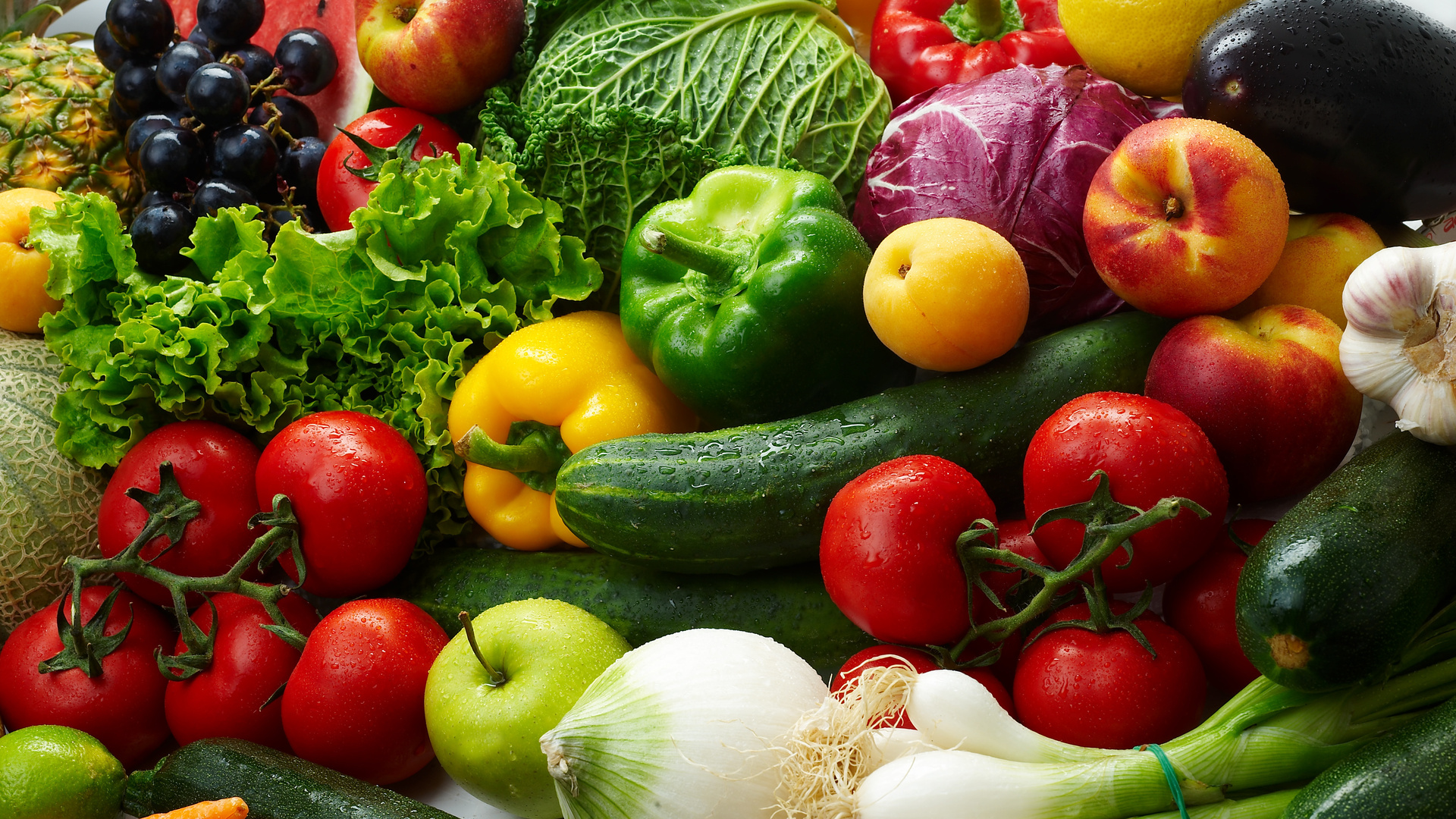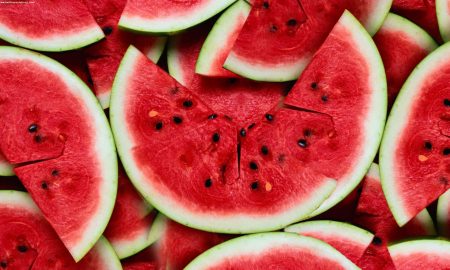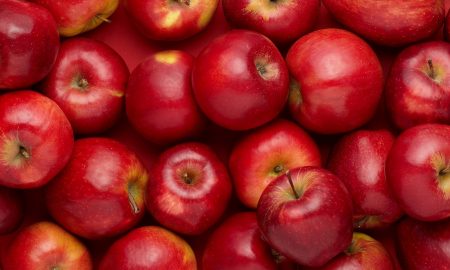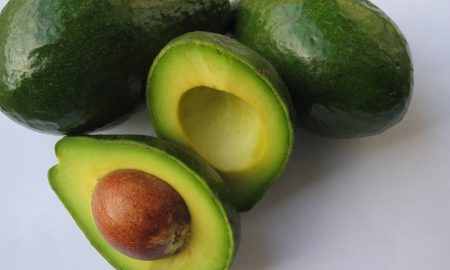What are nitrates in foods? Determination of nitrates. Nitrates are salts of nitric acid, which in a certain (minimal) amount fall into all vegetables and fruits, and even berries. For example, NaNO 3 is sodium nitrite or KNO 3 is potassium nitrite.
It will not be possible to completely get rid of the intake of nitrates in products, even if you completely refuse to use fertilizers. Firstly, plants absorb nitrates from the soil, they are necessary for normal growth and ripening of fruits, but the peculiarity of plants is that they are able to transform nitrates into proteins. Secondly, a small dose of nitrates does not harm the body.
What are nitrites? Determination of nitrites. If the concentration of nitrogen compounds (nitrates) in products is increased, then they can enter the human body not in the form of protein, but in the so-called pure form. During digestion, nitrates can be converted into nitrites, salts of nitrous acid, which are even more of a health hazard than nitrates. Nitrites, firstly, prevent cells from “breathing”, as a result, metabolism is disturbed, immunity is falling. Secondly, they adversely affect the amount of vitamins in food. For example, they are ways to reduce the amount of iodine, which will lead to an increase in the thyroid gland. Thirdly, they contribute to the formation of toxins in the intestines. As a result, poisoning, malfunctioning of the intestines, the occurrence of tumors in the gastrointestinal tract.
In high doses, nitrates and nitrites are harmful to humans. According to WHO standards, the permissible daily dose of nitrates for humans is 3.7 mg per 1 kg of body weight, nitrites - 0.2 mg. This means that a girl weighing 60 kg can consume up to 220 mg of nitrates and up to 12 mg of nitrites per day without risk to health.
Unfortunately, early greenhouse vegetables are grown using a variety of feeds and fertilizers that increase the nitrate content of the vegetables to such an extent that the latter cannot completely get rid of them. And in this form, vegetables and fruits come to the shelves of shops and markets. Therefore, within the framework of today's article, we are talking exclusively about the high content of nitrates in vegetables and fruits.
Where do nitrates live?
As noted above, an increased dose of nitrates is observed in those vegetables that have grown in greenhouses and greenhouses. Their maximum content was noted in leafy vegetables and early root crops. These are greens (lettuce, shallots, dill, parsley), radishes, cucumbers, cabbage, tomatoes. Nitrates also accumulate carrots, beets, watermelons, pumpkins, zucchini, eggplant, less - pepper, late vegetables.
Scientists write that most of the nitrates are in the "vessels" of plants, through which nutrients come from the soil to the stem, leaves and fruits. The most dangerous "places" are the base of the fruit and the cuttings of the leaves. Let's take a look at some numbers.
- the stalk of dill, parsley, celery "conceals" in itself almost 2 times more than the leaves,
- cucumbers and radishes "accumulate" nitrates in the tails and peel, in which nitrates are 70% more than in the pulp,
- in the cabbage stump there is a third more than in the leaves,
- the cleanest zone of cauliflower - inflorescences, they have two-thirds less nitrates than in the stems.
- the core of the carrot is 80 "richer" in nitrates than the surface part of the root and tops.
How to choose vegetables? How to buy vegetables without nitrates?
Unfortunately, it is impossible to determine the amount of nitrates in vegetables by appearance or some specific smell. Sometimes you can notice signs of oversaturation with nitrates, but only if their dose goes off scale. In beets and carrots, a whitish core speaks of a huge content of nitrates, in watermelons - yellowish streaks.
In cucumbers, zucchini, potatoes, yellow spots under the skin can indicate an excess of nitrates, such specimens should not be eaten.
As for the rest of the vegetables, here you can use the general recommendation. It is better to buy medium-sized vegetables than small or large ones. A small cucumber may not have ripened, and the vegetable could not process even the smallest amount of nitrates, large vegetables, on the contrary, are overfed with fertilizers, and the dose of nitrates in them will be higher.
We also recommend asking the seller on the market for an opinion on the sanitary and veterinary control of products. If there is no such conclusion, or the list of vegetables in it is significantly less than the specified one, you have the right to refuse the purchase.
How to determine the amount of nitrates at home?
Anyone who is interested in health issues can independently determine whether there are nitrates in vegetables and fruits, say, purchased greenhouse cucumbers. Buy a solution of hydrochloric acid at the pharmacy (the production name is diphenylamine), a couple of drops of acid on a cut of a cucumber will be enough to determine if there are nitrates in the vegetable. If a blue color appears on the cut, the product contains nitrates. You can also determine the content of nitrates in cabbage, radish, even dill.
Also, a special device for nitrates - a nitrate meter - will help to determine the content of nitrates at home. A modern nitrate meter is a small device that shows on a dial or digital panel whether there are nitrates in vegetables and fruits, their amount, and whether the allowable dose has been exceeded. Home household testers are cheaper than professional ones, but have limited features. Enough for home use. By the way, with a nitrate meter, you can check the nitrate content of ordinary water. As you know, in the spring, when field work is in full swing, an excess of mineral fertilizers can easily get into drinking water.
For information on how to clean vegetables from nitrates, read the following article .
The article was prepared specifically for the site shop-ultra.ru







madi
27/04/2011 at 16:23
We wanted to buy a nitrate meter, but the simplest one costs $100. Expensive. Thanks for your advice, we will try to use hydrochloric acid.
Mark
30/05/2011 at 23:35
What about vegetables from China?
what will be the reviews?
Natalia
02/14/2014 at 08:09
Diphenylamine and hydrochloric acid have nothing to do with each other, they are completely different substances. When hydrochloric acid is added, no blueing will occur anywhere. Do not mislead people!!!